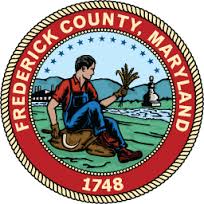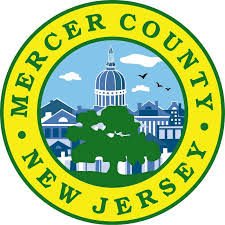Improving Waste Management Communication for County Administrators

 If you manage waste management services at the county level, you’re probably painfully aware that most people think waste management and recycling are a local concern.
If you manage waste management services at the county level, you’re probably painfully aware that most people think waste management and recycling are a local concern.
Garbage is picked up at the curb and delivered to a landfill or processing facility nearby. Recycling is something people do at home: cleaning and sorting their plastics, tins and paper into the appropriate bins, but few of us stop to think about what happens to it afterwards. Most residents would be surprised to learn that their e-waste, hazardous waste collection and recycling are typically overseen not by their local municipal governments, but at the county level instead.
For county administrators, this disconnect can cause problems. Residents typically report issues to local government, where they can be lost in the shuffle. Municipalities each have their own way of doing things, so program consistency can be hard to maintain. Communication is especially challenging because, while counties make the rules, all the action happens elsewhere, which means the administrators who need to know get left out of the loop.
So how do you fix these communications problem? Traditional solutions such as paper and radio ads can help to close this gap, but they are expensive to run. Also, these channels are increasingly reaching more senior demographics while Millennials are engaging online and via mobile. It’s also hard to track how effective they are.
Luckily, the my-waste® app (powered by Recycle Coach) offers a clear and simple way to solve your communication and education problems, throughout your jurisdiction.
Here’s some examples of how communicating directly with residents makes life easier for county administrators:
Recycle Coach to the Rescue
 Frederick County, Maryland is run from a small office with limited resources that services a population of over 76,000 area residents. The county adopted Recycle Coach in 2012 after taking the my-waste® app for a test run. Realizing they were reaching more residents than ever before, they added the online widget to their website, as well.
Frederick County, Maryland is run from a small office with limited resources that services a population of over 76,000 area residents. The county adopted Recycle Coach in 2012 after taking the my-waste® app for a test run. Realizing they were reaching more residents than ever before, they added the online widget to their website, as well.
Today, Frederick County reports that 9,700 residents use the app on a regular basis, and thousands more visit the online site for information. In particular, county staff tell us they appreciate the ability to reach residents directly, especially when they need to communicate information about special events or last minute collection changes due to bad weather. Residents report high levels of satisfaction thanks to easy access to the comprehensive database that helps them sort and toss waste appropriately.
Reach More for Less
 Mercer County, New Jersey came on board for more specific reasons. New Jersey’s Electronics Waste Management Act, which came into effect in January 2010, mandated free recycling programs for e-waste producers, which meant the county had an immediate need to educate and update residents quickly and within budget. They were also looking to reduce their reliance on print media, which was costly and growing less effective over time, and they needed to increase attendance at e-waste events to hit their newly mandated quotas.
Mercer County, New Jersey came on board for more specific reasons. New Jersey’s Electronics Waste Management Act, which came into effect in January 2010, mandated free recycling programs for e-waste producers, which meant the county had an immediate need to educate and update residents quickly and within budget. They were also looking to reduce their reliance on print media, which was costly and growing less effective over time, and they needed to increase attendance at e-waste events to hit their newly mandated quotas.
Mercer County chose to adopt both the my-waste® app and online services, which now allows them to communicate directly with residents and keep them informed as policies change. Not only do they report a reduction in print media spending now, but they’ve also cut the amount of time and resources necessary to support print channels now that they can reach residents with a click of a button.
Localized Information, Centralized Communication
The my-waste® app works by customizing information to the local level, which gives residents access to municipal waste management policies and “What goes where” instructions that are specific to their area. At the same time, issue reporting and feedback can be channeled back to the offices and individuals who can respond most effectively.
Our onboard messaging system means you can send notifications out with the click of a button, and you can target precise residential groups by location or demographic, which means you can direct your communications to the people affected, whether that be a township, a neighborhood, or a single city block.